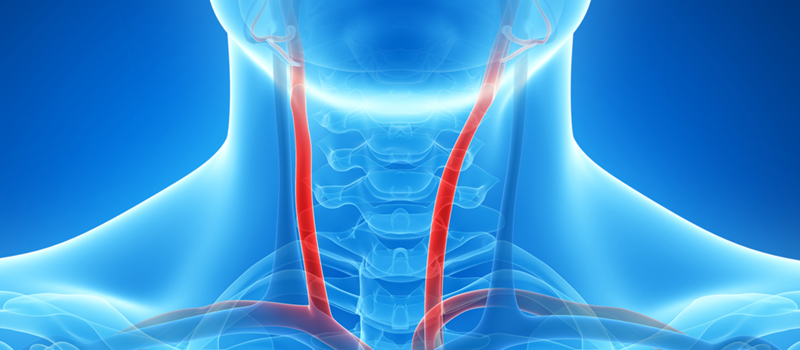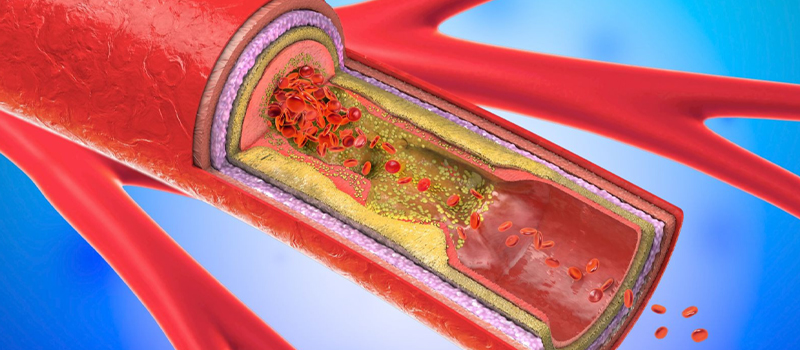Carotid artery disease is when plaque builds up inside the carotid arteries that supply blood to the brain.
What is CAD?
CAD is also often referred to as carotid artery stenosis. That’s because CAD occurs when the carotid arteries become narrow due as a result of atherosclerosis, which is a buildup of fatty deposits in your arteries. These fatty deposits form plaques in the lining of your arteries and can obstruct blood flow. CAD happens when these plaques build up in the carotid arteries and cause them to narrow.
The buildup of plaque, known as atherosclerosis, can cause your arteries to narrow and restrict the flow of blood to the brain. This increases your risk of stroke or transient ischemic attack.
A TIA occurs when blood flow to your brain is blocked for only a short period. A stroke occurs when blood flow to your brain is blocked for an extended period.

What causes CAD?
Plaque buildup in your carotid arteries is caused by cholesterol and other fatty deposits in your bloodstream. Several factors can increase plaque buildup, including high blood pressure, high cholesterol, diabetes, and smoking. Plaque buildup also includes calcium deposits, materials from damaged cells, and fibrous tissue.

Who is at risk for CAD and why?
You may be at risk for CAD if you have one or more of the following conditions:
• High cholesterol levels
• High blood pressure
• Diabetes
• Smoking
• Family history of CAD or stroke
• Obesity or overweight status
Who is at risk for CAD and why?
People at risk for CAD include those older than age 50, have high blood pressure, smoke, or have diabetes. Most cases of CAD occur in people over age 60.
People with CAD have a higher risk of stroke than those who don’t have CAD. A stroke can occur if a piece of plaque breaks off and travels to the brain, blocking an artery.
Strokes caused by CAD can be life-altering. This is because many strokes affect brain function and cause disability and death.
What are the symptoms of CAD?
CAD doesn’t usually produce symptoms until there’s severe narrowing or a complete blockage of one or both carotid arteries from plaque buildup.
• A person may experience:
• Weakness on one side of their body
• Sudden numbness or paralysis on one side of their body
• Trouble speaking or understanding speech
• Vision problems in one eye
• A severe headache that comes on suddenly
Treatment options for CAD

Treatment options for CAD depend on how severe the disease is. Treatment may include:
Medicine. Your doctor may prescribe medication to help lower your cholesterol or prevent clotsb from forming, such as aspirin or other medicines, including statins.
Lifestyle changes. Your doctor may recommend lifestyle changes, such as quitting smoking, losing weight, and exercising more often.
Surgery. Surgery may be needed to remove plaque that has narrowed the artery and reduce your risk of stroke. Some surgeries are done with traditional open techniques, while others are less invasive endovascular procedures.
Surgery to treat CAD may involve one of several different procedures:
Carotid endarterectomy. A surgeon makes an incision in your neck and removes plaque from inside your carotid artery to restore normal blood flow.
Carotid stenting. The surgeon inserts a wire mesh tube (stent) into the narrowed portion of your carotid artery and expands it to hold open your artery.
At Washington Vascular Specialists, our experienced surgeons perform carotid artery surgery for people with severe carotid artery diseases (CAD). If you or a loved one has CAD, contact us to learn more about our surgical options.



